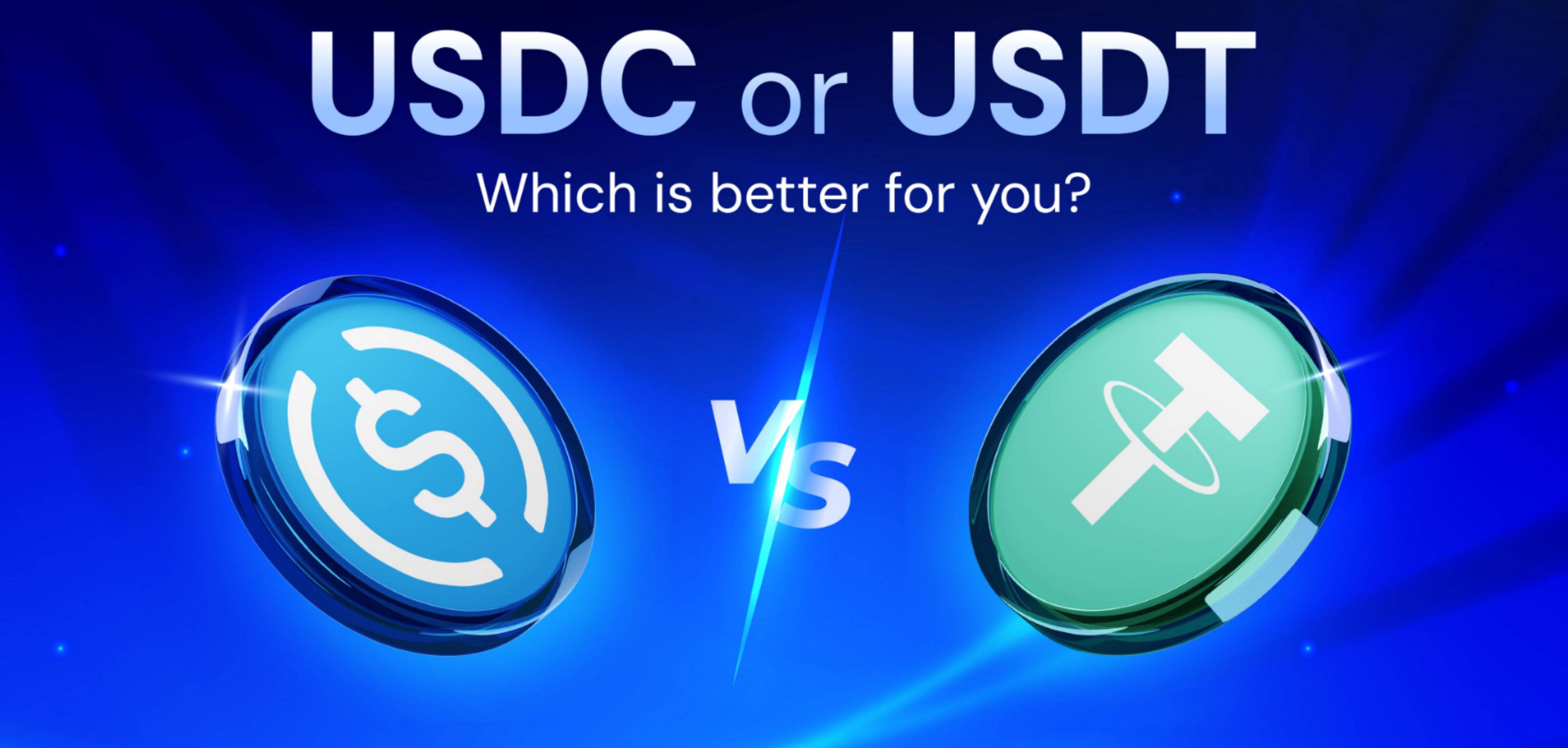9/30/2025
Stablecoins are an indispensable tool in Web3. Starting with USDT and USDC will provide you with a secure, familiar, and highly liquid foundation to participate in crypto trading, lending, and investment.
As you start exploring Bitcoin, Ethereum, and the wild world of DeFi, you'll quickly encounter a unique type of asset: Stablecoins.
Stablecoins are the bridge connecting the highly volatile crypto market with the stability of traditional finance. Understanding them is step one toward safely navigating the Web3 ecosystem.

What is a Stablecoin? The Anchor in Crypto's Storm
A Stablecoin is a special type of cryptocurrency designed to peg its value to another, more stable asset, most often the U.S. Dollar.
The simplest takeaway is this:
1 Stablecoin (e.g., 1 USDT or 1 USDC) is intended to always equal or closely track $1 USD.
Stablecoins combine the speed, low fees, and global reach of cryptocurrencies while eliminating the extreme price swings that plague assets like Bitcoin and Ethereum.
Why are Stablecoins So Important? (3 Core Functions)
If regular crypto exists, why do we need a "Digital Dollar"? Stablecoins fill critical roles that make the whole market function:
1. The Fuel for Trading and Liquidity (Market Grease)
Stablecoins are the primary trading pair on exchanges. If you sell Bitcoin for a profit, you likely don't want to wire the cash back to your bank account (slow, costly). Instead, you swap your BTC for USDT or USDC to "lock in" your gains instantly. They are the universal medium of exchange in crypto.
2. The Investor's Safe Haven (The Crypto Exit)
When the market crashes or becomes volatile, traders rapidly convert their risky assets (like altcoins) into Stablecoins. It’s the easiest way to take money off the table and preserve your capital without fully exiting the crypto ecosystem.
3. The Bedrock of DeFi (Financial Stability)
In Decentralized Finance (DeFi) protocols, Stablecoins are the core assets used for lending, borrowing, and yield farming. You deposit Stablecoins to earn interest without worrying that the value of your principal will fluctuate wildly overnight.
Know Your Stablecoins: The Main Types and Examples
Stablecoins use different mechanics to maintain their $1 peg. Knowing the type helps you assess the risks.
1. Fiat-Collateralized (The Centralized Giants)
These are the largest and most common Stablecoins.
- Mechanism: Every coin issued is backed by an equivalent amount of traditional fiat currency (primarily USD), cash equivalents, or short-term U.S. government debt held in reserve by a centralized issuer.
- The Big Names: Tether (USDT) and USD Coin (USDC).
- Newbie Takeaway: These are centrally issued by companies, so transparency and regular audits of their reserves are key to maintaining trust.
2. Crypto-Collateralized (The Decentralized Choice)
This is the more "crypto-native" and decentralized approach.
- Mechanism: Backed by other cryptocurrencies (like ETH or BTC). Because these underlying assets are volatile, the system uses over-collateralization (e.g., depositing $150 worth of ETH to borrow $100 worth of Stablecoin) to cushion against price drops.
- The Main Example: Dai (DAI).
- Newbie Takeaway: The risk here is less about a central company and more about smart contract security and the liquidation risk of the underlying volatile collateral.
3. Algorithmic Stablecoins (The Innovative Risk)
These Stablecoins attempt to maintain their peg using complex code rather than direct asset backing.
- Mechanism: Smart contracts automatically adjust the token supply: they reduce supply (burn tokens) when the price falls below $1 and increase supply (mint tokens) when the price goes above $1, using incentives to encourage stabilization.
- Newbie Takeaway: Algorithmic Stablecoins are innovative but carry the highest risk of "de-pegging" (losing the $1 value), especially during periods of extreme market stress.
🚨 Beginner Warning: Stablecoin Risks and Regulation
Stablecoins are not risk-free. As a newcomer, you must be aware of two core risks:
- De-Peg Risk: Regardless of the mechanism, any Stablecoin can fail to maintain its $1 peg under severe market stress, leading to a drop in value.
- Reserve Risk: For Fiat-Collateralized coins like USDT and USDC, if the issuer’s claimed dollar reserves are insufficient or lack transparency, it can trigger a collapse in trust and a market panic.
Looking Ahead: Global regulators are intensely focused on Stablecoins. Expect stricter rules, especially for Fiat-Collateralized coins, which should ultimately improve their security and trustworthiness for users.